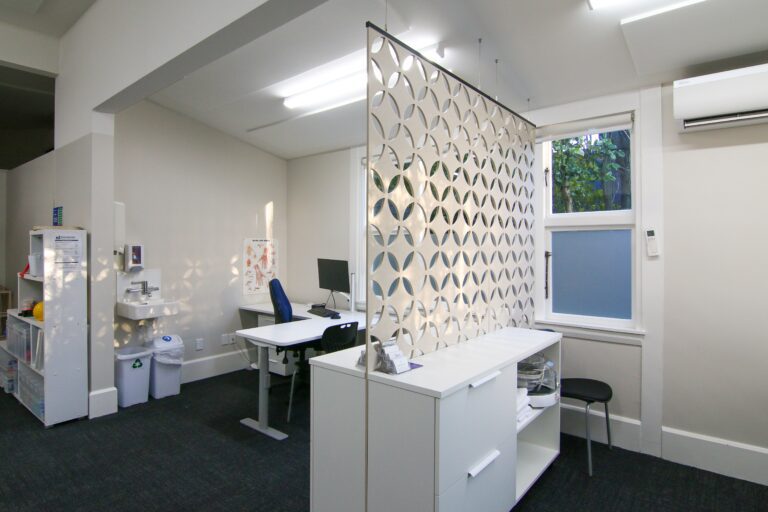What is It?
A mallet finger injury occurs when a finger extensor tendon is ruptured near the fingertip (see figure 1). Because the tendon is no longer attached to the bone, the finger droops, and is unable to be straightened voluntarily.
What is it caused by?
The most common cause of a mallet finger is when the tip of a finger is forcibly flexed or hit against a solid object (e.g., hit by a ball). Less often, the cause is a fracture at the bottom of the bone where the tendon attaches. Sometimes the tendon can be injured during seemingly low impact activity (e.g., when tucking in sheets/changing bed linen).
How is it treated?
Hand therapy for mallet fingers involves a splinting protocol. Your hand therapist will make a custom-fit splint (see figure 2) that will hold the injured finger slightly straighter than its usual position. It is important to look after your finger to ensure that the skin stays healthy and clean and to take care to always keep the finger straight. If the finger droops or bends, you may need to start the splinting protocol again from the beginning.
The aim of treatment is to get your fingertip to heal as straight as possible. Even with splinting there is a chance that your finger will not be as straight as before the injury but keeping the finger in the splint maximises the chance of a good result. This generally takes 6-8 weeks of splinting.




